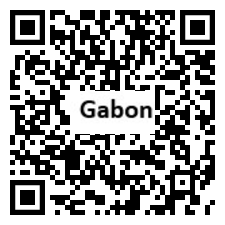Country Summary
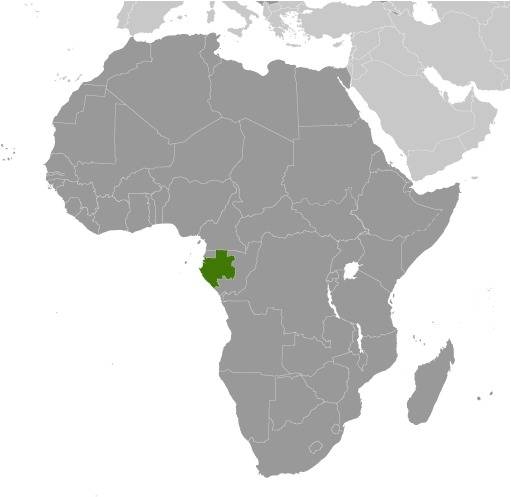
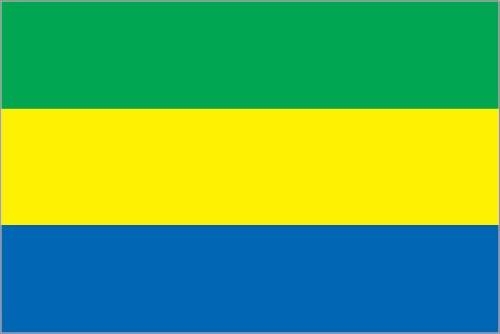
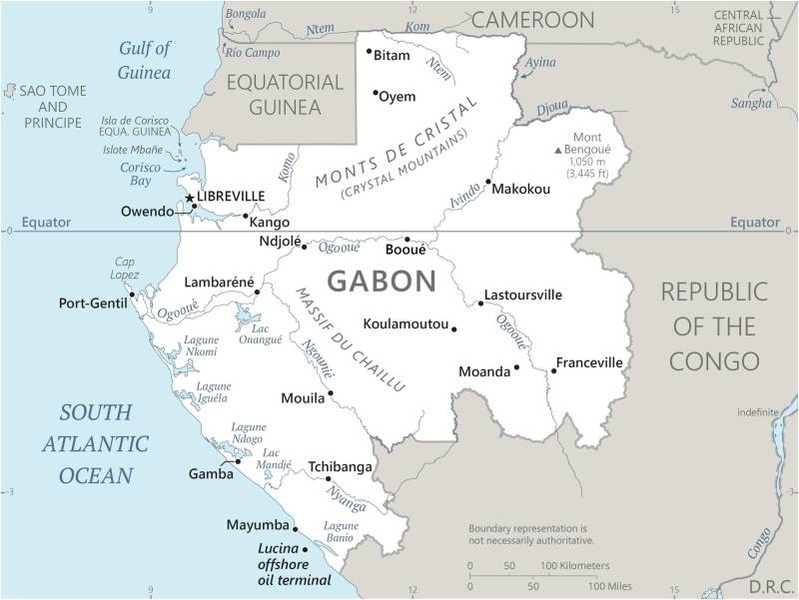
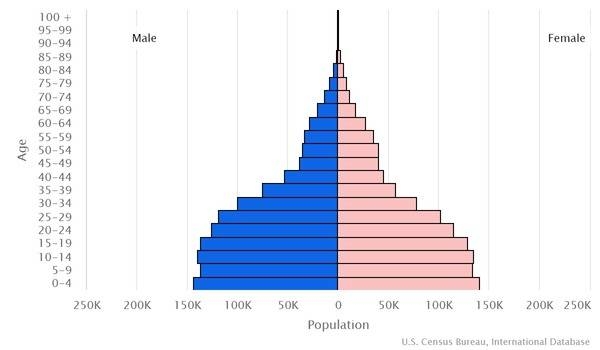
Introduction
Background
Gabon became independent from France in 1960. Despite constrained political conditions, Gabon's small population, abundant natural resources, and considerable foreign support have helped make it one of the more stable African countries.
Geography
Area
total: 267,667 sq km
land: 257,667 sq km
water: 10,000 sq km
Climate
tropical; always hot, humid
Natural resources
petroleum, natural gas, diamond, niobium, manganese, uranium, gold, timber, iron ore, hydropower
People and Society
Population
2,340,613 (2022 est.)
Ethnic groups
Gabonese-born 80.1% (includes Fang 23.2%, Shira-Punu/Vili 18.9%, Nzabi-Duma 11.3%, Mbede-Teke 6.9%, Myene 5%, Kota-Kele 4.9%, Okande-Tsogo 2.1%, Pygmy .3%, other 7.5%), Cameroonian 4.6%, Malian 2.4%, Beninese 2.1%, acquired Gabonese nationality 1.6%, Togolese 1.6%, Senegalese 1.1%, Congolese (Brazzaville) 1%, other 5.5% (includes Congolese (Kinshasa), Equatorial Guinean, Nigerian) (2012 est.)
Languages
French (official), Fang, Myene, Nzebi, Bapounou/Eschira, Bandjabi
Religions
Roman Catholic 42.3%, Protestant 12.3%, other Christian 27.4%, Muslim 9.8%, animist 0.6%, other 0.5%, none/no answer 7.1% (2012 est.)
Population growth rate
2.4% (2022 est.)
Government
Government type
presidential republic
Capital
name: Libreville
Executive branch
chief of state: President Ali BONGO Ondimba (since 16 October 2009)
head of government: Prime Minister Rose Christiane Ossouka RAPONDA (since 16 July 2020)
Legislative branch
description: bicameral Parliament or Parlement consists of:
Senate or Senat (102 seats; members indirectly elected by municipal councils and departmental assemblies by absolute majority vote in 2 rounds if needed; members serve 6-year terms)
National Assembly or Assemblee Nationale (143 seats; members elected in single-seat constituencies by absolute majority vote in 2 rounds if needed; members serve 5-year terms)
Economy
Economic overview
natural resource-rich, upper-middle-income, Central African economy; sparsely populated but high urbanization; young labor force; oil, manganese, and rubber exporter; foreign investment dependent; data integrity issue on poverty and income
Real GDP (purchasing power parity)
$32.05 billion (2020 est.)
Real GDP per capita
$14,400 (2020 est.)
Agricultural products
plantains, cassava, sugar cane, yams, taro, vegetables, maize, groundnuts, game meat, rubber
Industries
petroleum extraction and refining; manganese, gold; chemicals, ship repair, food and beverages, textiles, lumbering and plywood, cement
Exports
$10.8 billion (2019 est.)
Exports - partners
China 63%, Singapore 5% (2019)
Exports - commodities
crude petroleum, manganese, lumber, veneer sheeting, refined petroleum (2019)
Imports
$5.02 billion (2019 est.)
Imports - partners
France 22%, China 17%, Belgium 6%, United States 6%, United Arab Emirates 5% (2019)
Imports - commodities
poultry meats, excavation machinery, packaged medicines, cars, rice (2019)
Exchange rates
Cooperation Financiere en Afrique Centrale francs (XAF) per US dollar -
Page last updated: Wednesday, May 11, 2022
